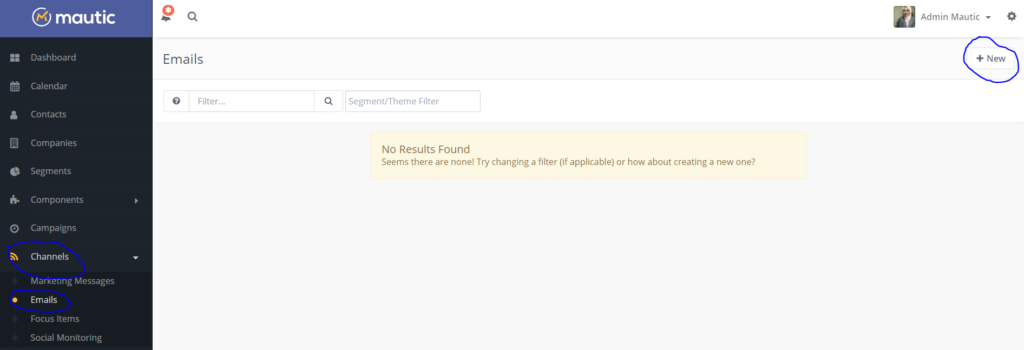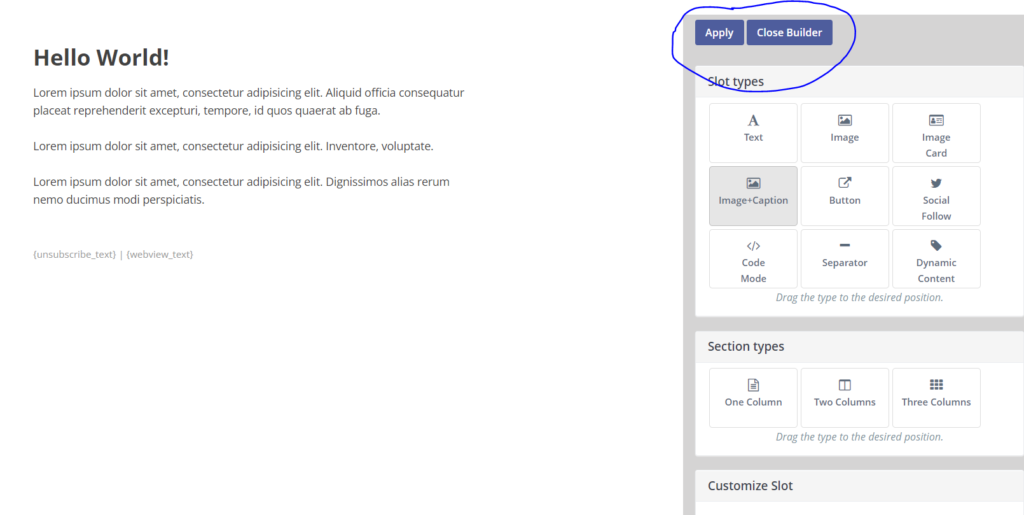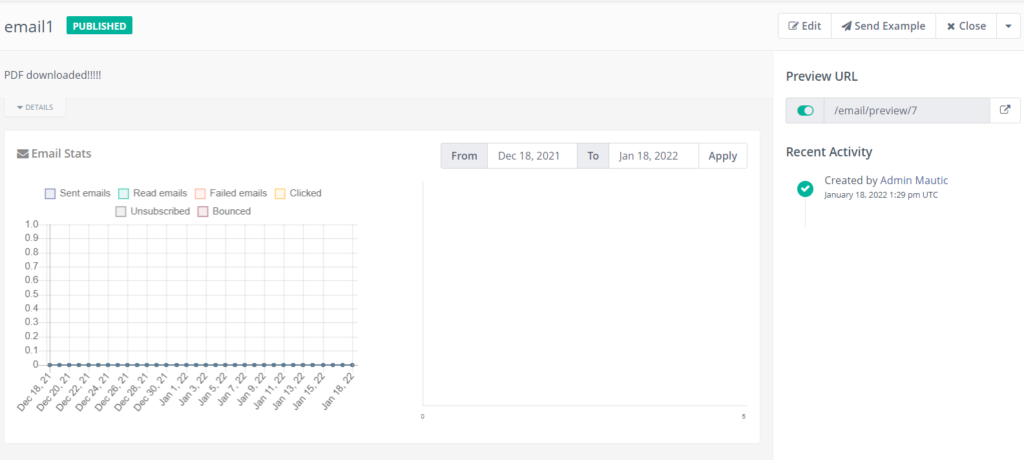Drip campaigns, or drip marketing, refer to an automated process of sending emails to existing customers/users based on their behavior with your company.
Email correspondence can be organized by time, by customer interactions with previous emails, by website activity, and by other predetermined elements.
Table of Contents
Advantages of Drip Campaign
The principle allure of email drip campaign is staying in contact with the customer on time without investing a lot of individual energy in every customer with the help of automation.
Automation:
The best feature of drip emailing is that it guarantees you will save time. Once you have organized your chain of emails, you just let them do the work for you. Keeping in reliable contact with the client means your users/clients won’t miss out on deals from your company.
Drip campaigns’ hardest part is creating the sequence of emails. Different software’s can assist you with it, offering drip campaign layouts and setting triggers for you.
Nurturing Leads:
Drip campaign nurtures leads for you. Let’s assume you send a cold email about your product to a planned customer, they open it and navigate to your site. You don’t need this to be the last time they consider you. A mechanized campaign will send them a subsequent drip email expressing gratitude toward them for your site and empowering them to check out a free trial assuming they’d like.
In the event that they try the product, there is a much higher chance they will buy it than if you send them just one email and don’t nurture a relationship with them. Maintaining contact with leads and customers can, of course, take several emails. For sales to occur, you need a steady, predictable drip campaign.
Timely Information:
You never need to send people wrong or obsolete information. With an email drip campaign, you can alter your chain on a case by case basis for that not to occur. To guarantee your lead sees the information they need, you can add or update old information in a drip campaign with relevant content.
The other allure of drip marketing is that every customer gets information relevant to their sale cycle step. You wouldn’t send a similar email to a new prospect and a paying customer, and a drip campaign deals with that for you. Through triggers, the right information goes out to the ideal individuals right when you need it to, giving all guesswork and shuffling of clients a rest.
Drip Campaign Examples
Like chains, drip campaigns can take many forms, so this list isn’t exhaustive. Despite that, these are the most famous ones you should consider when making drip campaigns.
Welcoming:
When someone joins a mailing list, they expect something like a prompt confirmation in their email box, but you should certainly offer more than that. It is important to send out a series of welcome messages to show your prospective customer you value their interest. Additionally, it offers you the opportunity to show what you bring to the table and what they can expect from you while they are still intrigued.
Top of Mind:
The thought behind a top of mind drip mailing is to keep your prospect’s advantage. These messages might be set off by an absence of connection with your site or spread to remind new customers what you bring to the table. You need to remind them you exist and need to interface – which will ideally prompt a click on that CTA button.
Re-Engagement:
Assuming that your lead has gotten cold, you need to reconnect. There are numerous ways of doing this, from an extremely relaxed “Hello, haven’t heard from you in some time” to a more proper greeting back. Possibly you want to retarget in light of the fact that the drip persona you decided for that person isn’t exactly the right one. Whatever you do, transforming a possibility into an engaged customer is the ultimate objective.
Re-engagement drip emails are frequently combined with advancements to give motivating force to the client to cooperate.
Post-purchase:
Some portion of building brand loyalty is showing the customer the brand thinks often about them as an individual and as a client. Assuming you have a client, the entire thought is to keep them! Seeking new clients is critical, however having existing clients returned to you is more significant, as they are bound to make future purchases with you. Post-purchase drip emailing can assist you with doing that.
Automatically conveying an affirmation of purchase additionally brings inward feeling of harmony that the request went through.
Competitive:
An email drip campaign coordinated at competitors’ customers clarifying why your item is better than theirs or more advantageous can be a successful method for provoking curiosity and at last convert them. This is additionally a fun opportunity to run promotions, as clarified in the following section.
Promotional:
Everybody loves a decent deal! Running limited time promotions nearly ensures a leap in interactions and deals. Set a drip campaign that will offer your prospects an occasional arrangement or deal. Free trials, promotion codes, and temporary markdowns are largely enticing and exciting for customers, who are continually hoping to get the most value for their money.
Product information:
It’s essential to ensure you’re clear about precisely what your product is, how it works, how to use it. This applies to everything from bookshelves to programming: people need to know what they are getting. It’s likewise vital your customer knows how to maximize their user experience, so any educational media, for example, how to’s, tips, or industry information, can be shared for their advantage.
Unsubscribe:
Individuals who unsubscribe don’t always need to never hear from you again. Possibly they simply need less emails or to follow you via social media all things considered. A link to a “sorry to see you go” page or email with those options may very well hold somebody back from unsubscribing altogether.
A decent unsubscribe page causes people to consider briefly why they unsubscribed and allows them an opportunity to simply get less emails.
All around planned drip campaign are an exceptionally compelling method for staying in contact with your customers without doing a huge load of work on your end. Updates, deals, interactions, all can be placed into your drip campaign – it nurtures leads for you on time, explicit to every client’s needs.
How to Set Up a Drip Campaign
Now lets talk about how to actually design a successful drip campaign.
It is so easy to create a drip campaign that you can actually do it with the help of 5 easy steps. So, lets look into those now.
1. Identify Your Target Audience:
Drip campaigns involve breaking your subscriber list down into subsections and tailoring your content to specific niches. The key to drip campaign methodology is figuring out which triggers and groups you will use.
Typically, drips are triggered by either an action on your site or in your app, or by adding a piece of demographic information to your user profile.
Aim for audience segments based on characteristics such as frequency of visits, likelihood of clicking on certain content topics in a newsletter, when they signed up, how often they visit your premium services page, or how long they have been paying customers.
2. Design Your Message:
When you know who you’re targeting, you need to create a message that’s helpful and grabs their attention. What are you hoping the user will do? What are you hoping the user will learn?
Create copy that is clear, actionable, and attractive based on your answer. Make sure your message is clear, but maintain the voice that you’ve built for your brand.
3. Plan Your Campaign:
Next, you need to determine the logistics of your drip campaign, from first contact through sale and support. Additionally, you should set the goals of your campaign, make sure that each email flows into the others, and decide how you will measure the success of your campaign.
4. Start Your Campaign:
Start sending once you’ve decided on a strategy. You can either develop your own drip software or purchase an off-the-shelf product that’ll get you up and running in minutes.
5. Evaluate and Adjust:
It doesn’t mean you can let your drip campaign run unsupervised just because it’s automated. After you spent a lot of time researching user segments, it’s important to readjust those segments. In case you don’t receive as many clickthroughs as you want, try rewriting your calls to action; if you aren’t meeting your conversion goals with your sale-closing email, try more educational communications before asking any user to click. Evaluate, adjust, and repeat.
Tutorial
Log in to your Mautic account

You need a segment for your drip campaign. So select “Segment” from the left hand side menu and click “New”.

Enter Name, any filters you want to add, a description if you want, click on “Apply” and “Save and Close”.

Your segment is added

Now you want to create emails for your campaign. Click on “Channels” and select “Email” and click on “New”

You get two option:
1. New Template Email
2. New Segment Email
Select “New Template Email”.

Select your theme, Enter the information and click on “Builder”

Make relevant changes in the theme using this builder and click on “Apply” and click on “Close Builder”

Click on “Save and Close”

Your email is created

Create couple of more emails as many as you need in your drip campaign

Now to create your drip campaign, click on “Campaigns” and click on “New”

Enter Name and description and click on “Launch Campaign Builder”

Select “Contact segments” from “Contact source” and click on “Add”

Segment is added

Click on the ‘+’ sign and select the type of email you want to send

Choose the action you want to have

Add the name, information, email, email type and click “Add”

A drip is created

Add more drips to create a more complex or less complex drip campaign

CLick on “Apply” and “Close Builder”

Your drip campaign is created




